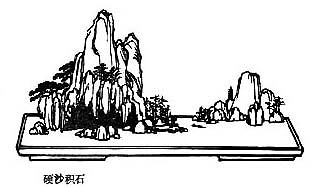孫
子
兵
法
Sun Zi 
 – L'Art de la guerre
– L'Art de la guerre
La stratégie chinoise ou comment s'informer, estimer, diviser, détourner, tromper, et vaincre « sans coup férir ». Tr. Amiot (fr) et Giles (en).
Des neufs sortes de terrain
Sunzi XI. 29.
Partout ils conduisaient leurs armées comme un berger conduit un troupeau ; ils les faisaient aller où bon leur semblait, ils les faisaient revenir sur leurs pas, ils les faisaient retourner, et tout cela sans murmure, sans résistance de la part d'un seul.
Amiot
He burns his boats and breaks his cooking-pots; like a shepherd driving a flock of sheep, he drives his men this way and that, and nothing knows whither he is going.1
To muster his host and bring it into danger:–this may be termed the business of the general.2
Giles XI.39,40.

L'Art de la guerre – Sun Zi XI. 29. – Chinois on/off – Français/English
Alias Sun Tzu, Sun Wu, Sun Tse, Sunzi Bingfa, Souen Tseu, Souen Wou, 孫武.
Le Canon des Poèmes, Les Entretiens, La Grande Étude, Le Juste Milieu, Les Trois Caractères, Le Livre des Mutations, De la Voie et la Vertu, 300 poèmes Tang, L'Art de la guerre, Trente-six stratagèmes
Bienvenue, aide, notes, introduction, table.
Index – Contact – Haut de page
